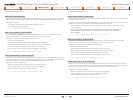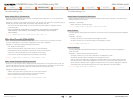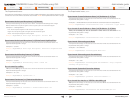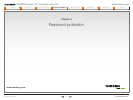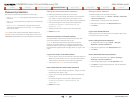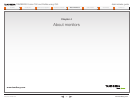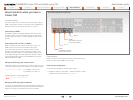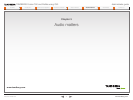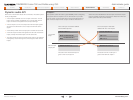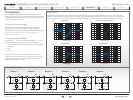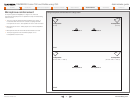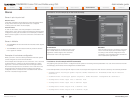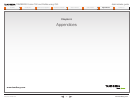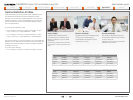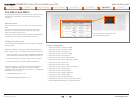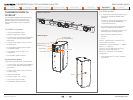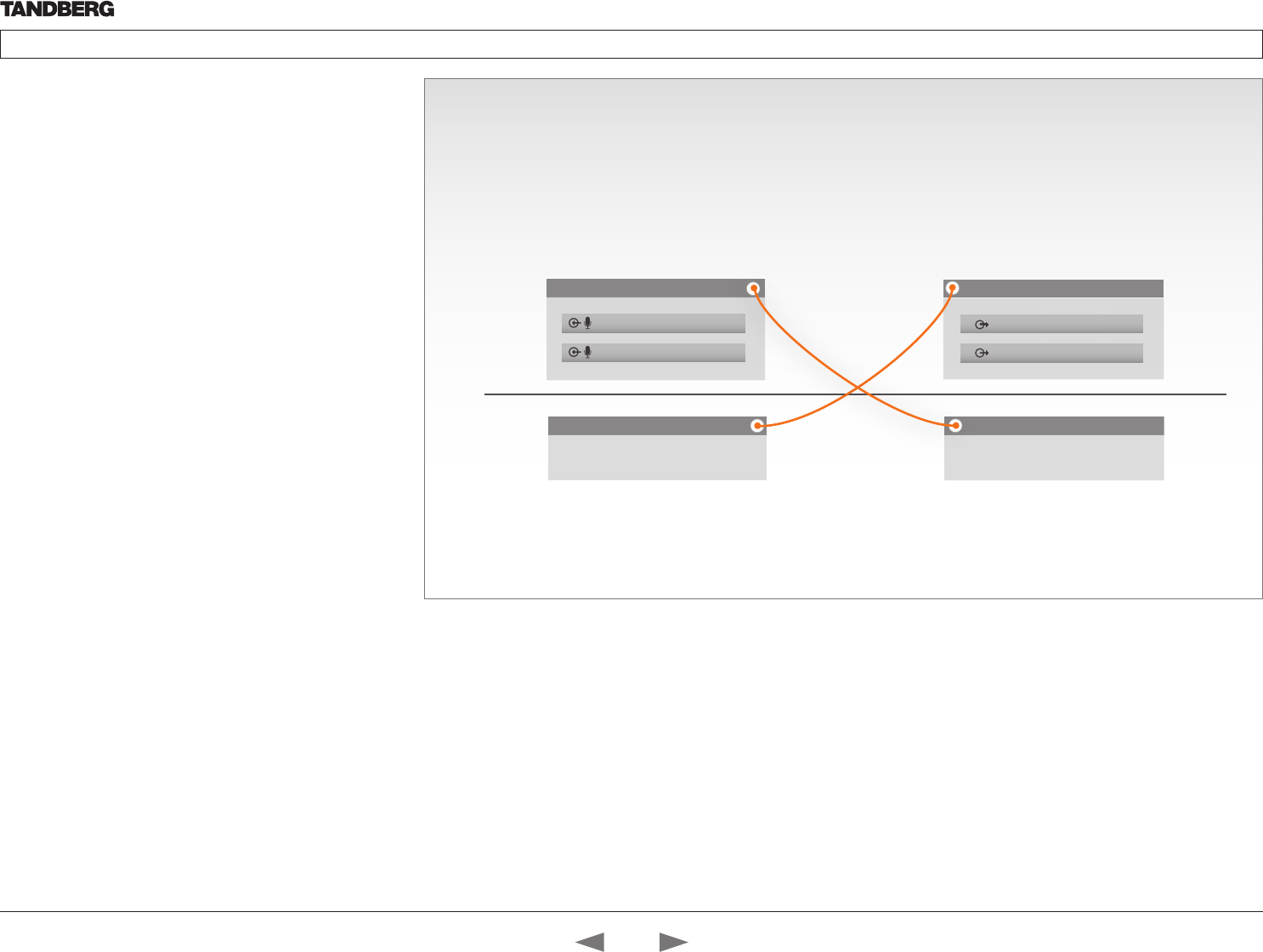
D14635.02—MARCH 2010
42
TANDBERG Codec C90 and Profiles using C90
Administrator guide
Contents Introduction Advanced configuration Password protection About monitors Audio matters Appendices Contact us
www.tandberg.com
Dynamic audio API
With a set of xCommand Audio API commands, the audio system
is fully configurable:
• A local input is defined as a mix of input connectors. A local
input can be created and deleted. You can add and remove
input connectors and update the local input settings.
• A local output is a mix of local input and remote input signals.
All connectors attached to a local output receive the same
signal.
• A remote input and remote output pair is created for each call.
• A remote output receives the signals from all local and remote
Inputs, except the remote input from the same site.
• The mixer matrix of each local and remote output can easily be
managed by disconnecting and connecting local and remote
inputs.
The Local input 1 has been defined
with two Microphones.
The Local output 2 has been
defined with two Line outputs.
The audio from the Remote input 3
goes to the Local output 2.
The audio from the Local input 1
goes to the Remote output 4.
Example 1:
The dynamic audio API offers a great flexibility when configuring
the system and it is simple to use. To have audio in your calls
you only need one local input with a microphone attached to it,
and one local output with an output connector attached to it.
When the call is established a remote input and remote output
pair are created and all the connections to these from the local
audio system are set up automatically.
Remote input
output pair
Local audio
setup
LOCAL INPUT 1
Mute: Off
AGC: On
Mixermode: Auto
Channels: 1
MICROPHONE 1
MICROPHONE 2
REMOTE INPUT 3
REMOTE OUTPUT 4
LOCAL OUTPUT 2
Line 5
Line 6
Contact us
Contents
Introduction
Advanced configuration
Password protection
About monitors
Audio matters
Appendices
Audio matters



